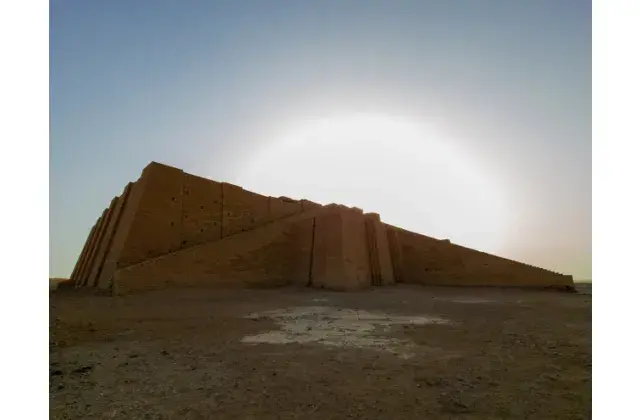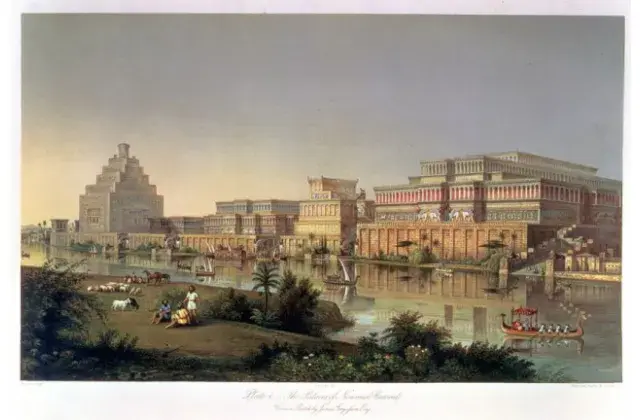Sumerian Textile Production

Farming and raising livestock were the two main practices in the Sumerian societies and played a crucial role in the Sumerian economy and the advancement of textile productions. Located in an arable land, the area lacked natural resources such as metal and stone, but its fertile soil was ideal for growing wheat and barley as well as to herding sheep and goats. The Sumerians successfully used the raw materials from farming and plants such as sheep’s wool and flax to produce fabric and textile on a large scale. Initially, plant-based fibres in textile, primarily flax, were used beginning from the advent of agriculture around 9000 BCE. Subsequently, on the onset of urbanisation in southern ancient Iraq, through the domestication of animals and selective breeding practices, the utilisation of animal fibres, notably wool, became increasingly prevalent in economy and textile manufacturing. Before the invention of the monetary economy, apart from its use for textile, wool was used as a form of currency, given to workers as a kind of payment and exchanged for other goods in the market.
Wool was essential in many aspects of Sumerian societies both internally for exchange and production and for trading with distant areas. Due to the extensive and advanced use of wool in socio-economic activities, ancient Iraq is considered to be the birthplace of wool. Around 2500 BCE, large-scale textile production began, and in this region, workshops initiated the production of fabrics and garments in large quantities, in a scale never seen before. The cuneiform tablets indicate that thousands of workers, mostly women and children, worked in textile productions who were supervised by the central authorities. Due to the extensive use of wool and its pivotal role in the economy of the time, the production of textiles needed to be standardised and managed on an industrial scale. This demand led to the development and adaptation of various techniques and tools. Different methods, like weaving and felting, were employed to create fabrics. These techniques necessitated the use of specialised tools and equipment. For instance, weaving required tools such as spindles and both vertical and horizontal looms to produce textiles efficiently. These advancements and tools were crucial in meeting the demand for textiles and contributed significantly to the ancient textile industry's growth and efficiency.
In ancient Sumer, clothing and textiles held great significance in social hierarchy. This was usually determined by the quality of the material that the textile is produced from. Certain garments such as robes, made from specific grades of wool and fabrics were exclusively reserved for royalty, temple personnel, and grand public ceremonies. People in lower social ranks received coarser and lower-quality clothes. Textiles were not just attire but symbols of status, displayed in ceremonies and as decorative tapestries and rugs in palaces. Additionally, textiles served various purposes beyond mere clothing. They solidified marriage agreements, formed alliances between governments, cities, and rural areas, and were presented as gifts on special occasions.
This article was written by Renas Babakir and is licensed under CC BY-NC 4.0.






